This site is being reviewed and updated as needed to comply with President Trump's executive orders.
Background & History
Background
Federal, state, and local government agencies, private sector health care and social service providers, and academia have historically lacked basic information about elder maltreatment; such as the number of older adults who are impacted, the types of maltreatment, perpetrator characteristics, and outcomes. As a result, the ability to design, develop, implement, and measure the effectiveness of programs to prevent or effectively intervene in abuse has been limited. The lack of knowledge has also impeded the ability of federal, state, and local officials to develop policies to effectively combat this issue.
As a first step towards a national adult protective services data system, the Department of Justice, Office of Justice Programs, Bureau of Justice Statistics (BJS) funded a project entitled “Assessment of Administrative Data on Elder Abuse, Neglect and Mistreatment” (EAMN). The project was a cooperative agreement with the Urban Institute to identify common elements on which state adult protective services (APS) systems currently collect information, to assess the needs and infrastructure requirements necessary for APS agencies to report data to a national collection system, and to identify a core set of case indicators on which APS agencies should report. This included soliciting input from APS administrators and other relevant stakeholders on system capacity issues, as well as collecting baseline aggregate data as an initial step to understanding current limitations. In addition to a core set of indicators, the BJS EAMN project provided information on what data are currently available for APS to report.
Developing NAMRS
In September 2013, the U.S. Department of Health and Human Services (HHS), Office of the Assistant Secretary for Planning and Evaluation, began a two-year effort to design, develop, and pilot a national reporting system based on data from state APS agency information systems. The pilot effort addressed the Elder Justice Coordinating Council's recommendation to develop a national APS system based on standardized data collection and a core set of service provision standards and best practices. The goal of the future data collection system was to provide consistent, accurate national data on the exploitation and abuse of older adults and adults with disabilities, as reported to state APS agencies.
The project was funded by Prevention and Public Health funds through an interagency agreement with the HHS Administration for Community Living. WRMA, Inc., a TriMetrix Company (WRMA), in collaboration with the National Adult Protective Services Association, the Center of Excellence on Elder Abuse and Neglect at the University of California, Irvine, and a number of nationally recognized experts, designed and piloted the future system under the oversight of a federal steering committee.
The project team conducted extensive outreach to gain an understanding of information needs. More than 40 state administrators, researchers, service providers, and other individuals in the field participated in stakeholder calls. Over 30 state representatives from 25 states participated in three in-person working sessions to discuss the uses of collected data and the key functionalities that should be included in a national system. The national system was named the National Adult Maltreatment Reporting System (NAMRS).

Stakeholder meetings resulted in the general design of the data reporting system, conceptualized as three components:
- Agency Component data, submitted by all agencies, on their policies and practices.
- Case Component data on client characteristics, services, and perpetrator characteristics, provided by agencies that have report-level tracking systems.
- Key Indicators Component data consisting of aggregated data on key statistics of investigations and victims, provided by agencies that do not have report-level tracking systems or are unable to provide case-level data.
No personally identifiable information was included. Reporting to NAMRS was to be voluntary and on an annual basis.
Piloting the system
From January through May 2015, nine states—Colorado, Georgia, Illinois, Maine, Massachusetts (Disabled Persons Protection Commission), Missouri, Montana, Pennsylvania, and Texas—participated in a pilot of the data system and submitted the Agency Component and either the Key Indicators Component or the Case Component data. During the NAMRS Pilot, the Agency Component and Key Indicators Component data were submitted using electronic data entry forms on the internet. The Case Component data were submitted using extracts of data in XML format from state information systems.
Based on the pilot, the project team suggested clarifications and revisions to the data elements, data values, and data definitions. In addition, the team made recommendations regarding the activities needed to enhance and modify the pilot system into a fully implemented system to which all states and the territories would report their data on the maltreatment of vulnerable adults.
The full, final pilot project report is available in two parts: Pilot Overview and Future Recommendations, and System Documentation.
NAMRS today
NAMRS began collecting data from state APS systems in 2016. States provide data to NAMRS on a voluntary basis via the same mechanisms utilized during the pilot phase. Over the years, more and more APS programs have began utilizing Case Component data as the means to report. As of 2018, all 56 states, territories, and the District of Columbia submit data to NAMRS.
National level data is currently published once per year in an annual report. Visit our Adult Maltreatment Reports page to view the data.
Last Modified: 12/01/2023

